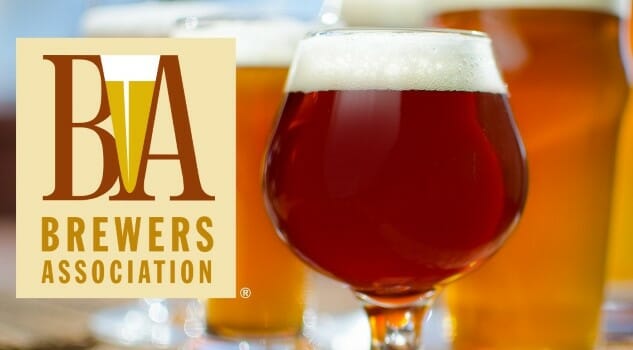Today, the Brewers Association released its annual update to craft beer “style guidelines,” an always-important announcement due to the ways it affects eligibility for awards at the BA’s own Great American Beer Festival in Denver. And it was a pretty noteworthy set of changes—more than “1,000 edits, revisions, formatting changes and general housekeeping updates, as well as the addition, deletion and combination of several beer style guidelines made for brevity.”
— Pale and Dark American-Belgo-Style Ale styles consolidated into one guideline
— Kellerbier or Zwickelbier Ale and Lager styles consolidated into one guideline
— Breslau-Style Pale and Dark Schoeps styles consolidated into one guideline
— American-Style Light and Dark Wheat Beer styles consolidated from four guidelines to one
— Wood-and Barrel-Aged Pale to Amber, Dark and Strong into one guideline
— American-Style Ice Lager was removed as a category.
The biggest addition here is almost certainly the creation of a specific category for “India pale lager,” which has never been so recognized as a disparate beer style to this point. Plenty of breweries have produced IPL’s over the years, although we’ve rarely heard for any clamoring for a chance to have the style recognized at GABF. Regardless, with it now established in the ruleset—and with the rules saying “hop haze is allowable”—that means we should be seeing plenty of IPL and hazy IPL at GABF this year. Although really, the beer geeks might be more excited about another style of gueuze.
The addition of “Juicy or Hazy Strong Pale Ale,” meanwhile, just muddles the pale ale/IPA category even more. It essentially splits pale ale and IPA apart, creating yet another tier of ABV strength in between pale ale and IPA, where one could easily argue no additional tier needs to exist. The definition for “Juicy or Hazy Strong Pale Ale” reads exactly like the definitions for hazy pale ale or hazy IPA, simply citing ABV as “5.6%-7%”. Please keep in mind that the definition of hazy pale ale now cites a total ABV range of only 4.4%-5.4%, a very narrow range that doesn’t seem to reflect the breadth of strengths in which brewers produce “pale ale.” It’s not as if you see breweries labeling their 5.8% ABV pale ales as “strong pale ale,” after all.
On the subtraction side, it’s sort of amusing to note that the “ice lager” category is no more, meaning that beers such as Natural Ice and Bud Ice will sadly no longer be in awards consideration. These styles of beers still account for huge sales numbers every year in the U.S., but it’s safe to say that essentially no one outside of AB InBev and MillerCoors likely cared about them at the awards level. Cue all the ice lager defenders to come crawling out of the woodwork.
As always, there are questionable decisions that have been made. It seems like if you polled craft beer drinkers, more would have wanted kellerbier/zwickelbier to remain its own category than would have been lobbying for the inclusion of “Franconian-style rotbier” as a new addition. Likewise, did they really just consolidate all American wheat beer styles, light and dark, into a single category?
We’ll try to look into these changes further, in terms of how they might affect beer’s biggest annual festival and its attached awards show.
